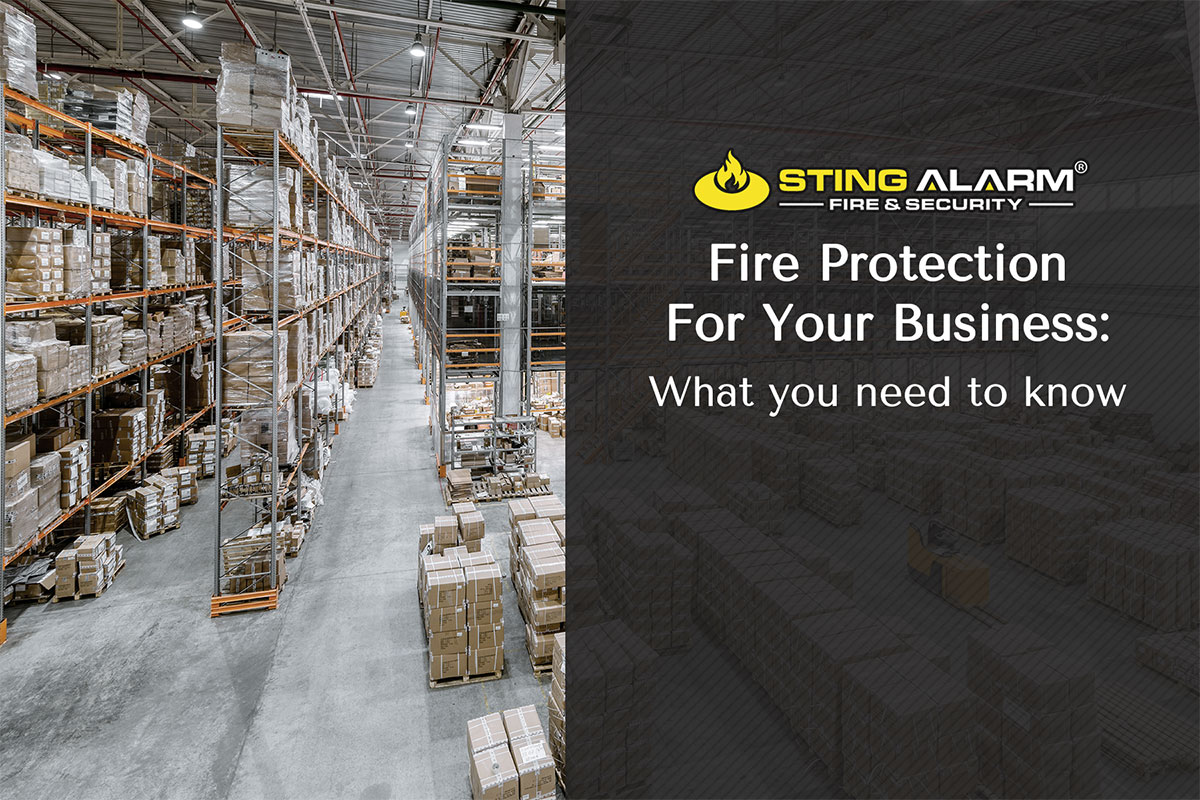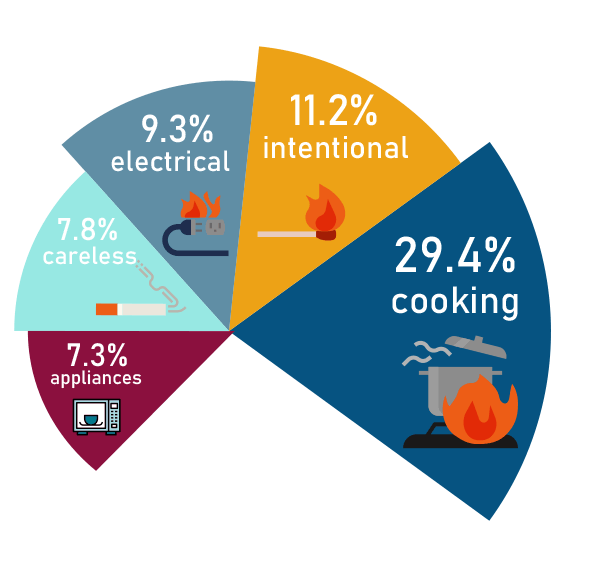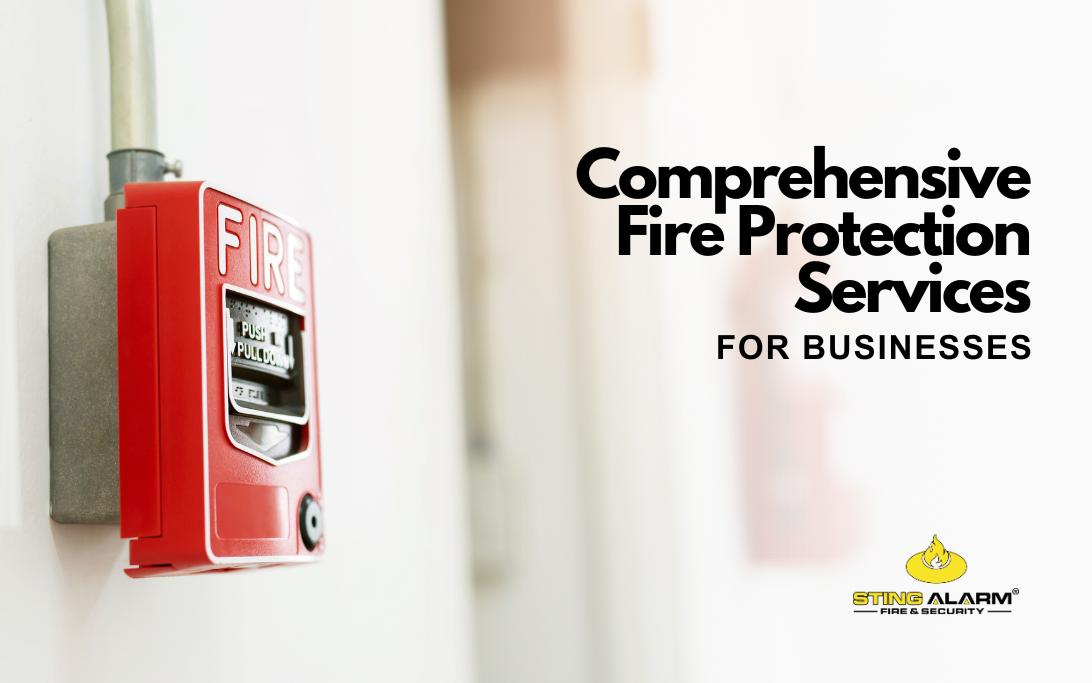
Fire Prevention for Your Business: What You Need to Know
It’s easy to think that a fire couldn’t possibly happen at your business location, but the statistics tell a different story. According to the US Fire Administration, in 2020, the United States experienced 16,500 fires in offices and stores that resulted in $932 million in direct property damage. While they are a real possibility, there are steps that can be taken to minimize the risks of injury, death, and property damage by creating a fire protection plan tailored to your business needs.
Before discussing fire prevention measures, it’s important to understand the main causes of fires in office and store settings. According to research, 29.4% of fires are caused by cooking, 11.2% are intentional, 9.3% are electrical, 7.8% are due to carelessness, and 7.3% are caused by appliances.

Knowing the leading causes is vital in developing an effective fire prevention plan. By pinpointing specific hazards, you can tailor your prevention efforts to minimize the risk of fire incidents and promote workplace safety.
Important Steps to Protect Your Business from Fires
Protecting your business from a fire requires a comprehensive approach that includes preventative measures, early detection, and a plan of action. Here are some steps you can take to protect your business:
Step 1: Conduct a fire risk assessment
This involves identifying potential fire hazards in your business and evaluating the risk of one occurring. You can conduct a fire risk assessment yourself or hire a professional to do it for you.
Step 2: Install smoke alarms and fire extinguishers
Smoke alarms should be installed throughout your business to detect fires early. Fire extinguishers should also be readily available in case there is a breakout. Make sure your employees know how to use the extinguishers and have received proper training.
Step 3: Implement fire safety procedures
It is important to have established fire safety procedures that are communicated to all employees. This includes emergency evacuation procedures, as well as protocols for shutting down equipment in the event of a fire and reporting fires.
Step 4: Perform routine maintenance and inspections
It’s imperative to conduct regular maintenance and inspections of fire safety equipment, such as smoke alarms and fire extinguishers, to ensure that they are functioning properly. In addition, it’s important to routinely check electrical equipment to prevent potential electrical fires.
Step 5: Develop a fire evacuation plan
Identify emergency exits, designate a meeting point for employees, and assign roles to ensure a safe evacuation in case of a fire.
Step 6: Train employees
All employees should receive training on fire safety procedures, including how to use fire extinguishers, how to evacuate the building in case of a fire, and how to report fires.
Protecting your business from a fire requires a combination of preventative measures, early detection, and a plan of action in case of an emergency. By conducting a risk assessment, installing smoke alarms and fire extinguishers, implementing fire safety procedures, conducting regular maintenance and inspections, having an evacuation plan, and training employees, you can significantly reduce the risk of a fire incident and protect your business and its stakeholders from the devastating consequences of such an event.
Source: USFA Fema Workplace Safety


